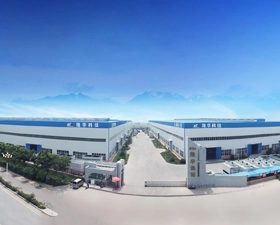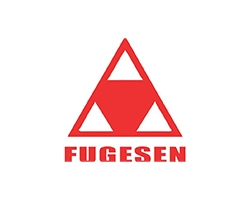Precision engineering plays a crucial role in various industries, enabling the creation of innovative solutions for complex challenges. One such prominent invention that utilizes precision engineering is the fully welded plate heat exchanger. These advanced systems have revolutionized heat transfer processes in industries such as oil and gas, chemical, and manufacturing. In this blog, we will delve into the inner workings of a fully welded plate heat exchanger, shedding light on its construction, functionality, and benefits.
Understanding the Construction of a Fully Welded Plate Heat Exchanger
A fully welded plate heat exchanger is built using a series of corrugated plates, which are welded together to form a sturdy and compact unit. The welding process ensures a tight seal, eliminating the possibility of leakage and enhancing durability. This innovative design allows for efficient heat transfer between two fluids, achieving optimal energy utilization.
How Does a Fully Welded Plate Heat Exchanger Work?
The primary function of a fully welded plate heat exchangers is to transfer heat between two mediums without direct contact. It accomplishes this by utilizing multiple channels created between the corrugated plates. These channels create a tortuous path for the fluids, maximizing the heat transfer surface area. As one fluid enters the heat exchanger, it flows through the channels, while the second fluid passes in the opposite direction. This counter-current flow optimizes the heat transfer process, making it highly efficient.
Benefits of Fully Welded Plate Heat Exchangers
Fully welded plate heat exchangers offer numerous advantages over traditional heat exchange systems. Firstly, their compact design allows for easy integration even in tight spaces, making them suitable for a wide range of applications. Additionally, the fully welded construction ensures enhanced resistance to high temperatures and pressures, making them ideal for challenging industrial environments.
Furthermore, these heat exchangers exhibit excellent thermal performance, with minimal temperature differences between the inlet and outlet fluids. This efficiency leads to significant energy savings, making them cost-effective solutions for businesses. Moreover, the absence of gaskets in fully welded plate heat exchangers eliminates the risk of leakage, reducing maintenance requirements and improving operational safety.
Applications and Industries that Benefit from Fully Welded Plate Heat Exchangers
The versatility and reliability of fully welded plate heat exchangers make them indispensable in various industries. They are commonly employed in oil refineries, power plants, chemical processing facilities, and other high-demand applications. The ability to withstand extreme conditions and provide efficient heat transfer makes fully welded plate heat exchangers suitable for applications involving corrosive fluids, viscous products, and high pressures.
Fully welded plate heat exchangers exemplify the precision engineering techniques employed to ensure optimal heat transfer efficiency. By understanding their construction, functionality, and benefits, industries can harness their full potential, enhancing productivity and reducing operational costs. Whether it's in the oil and gas sector or the chemical industry, fully welded plate heat exchangers play a vital role in meeting the demanding needs of modern-day heat transfer applications.


 EN
EN
 jp
jp  ko
ko  fr
fr  de
de  es
es  it
it  ru
ru  pt
pt  ar
ar  tr
tr 











